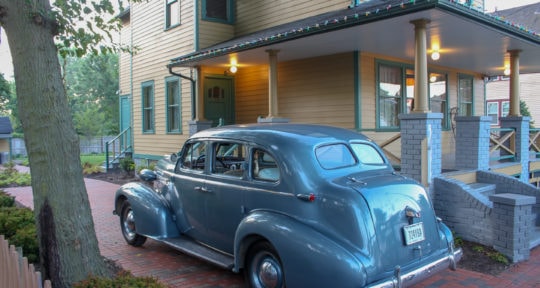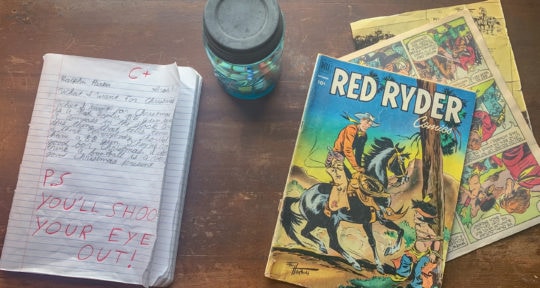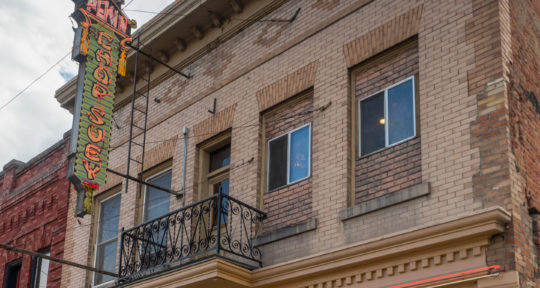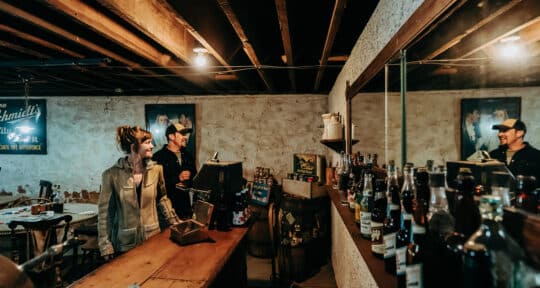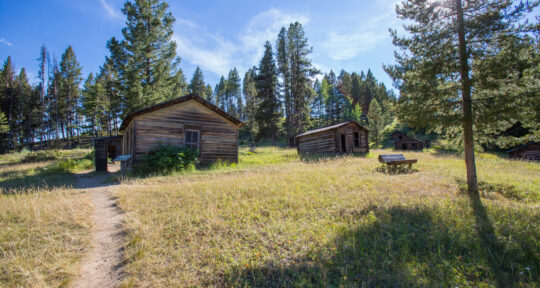“King of Horror” Stephen King has written more than 60 novels and hundreds of short stories, many of which have been adapted for the stage and screen. In addition to horror staples such as It and The Shining, King has written psychological thrillers, coming-of-age adventures, and science fiction fantasies. The Portland, Maine, native infuses his fictional worlds with autobiographical details, often setting his stories in small New England towns; now 74, King splits his time between Maine and Florida.
Film adaptations of Pet Sematary, Carrie, The Shawshank Redemption, and other King classics are as well known (if not more so) as the best-selling books themselves. Even if you’re not a rabid King fan, it’s obvious that the prolific writer has more than lived up to his royal surname and left his indelible mark on pop culture.
From the rocky shores of Nova Scotia to a notoriously haunted Rocky Mountain retreat, here are the real-life filming locations featured in film adaptations of seven Stephen King classics.
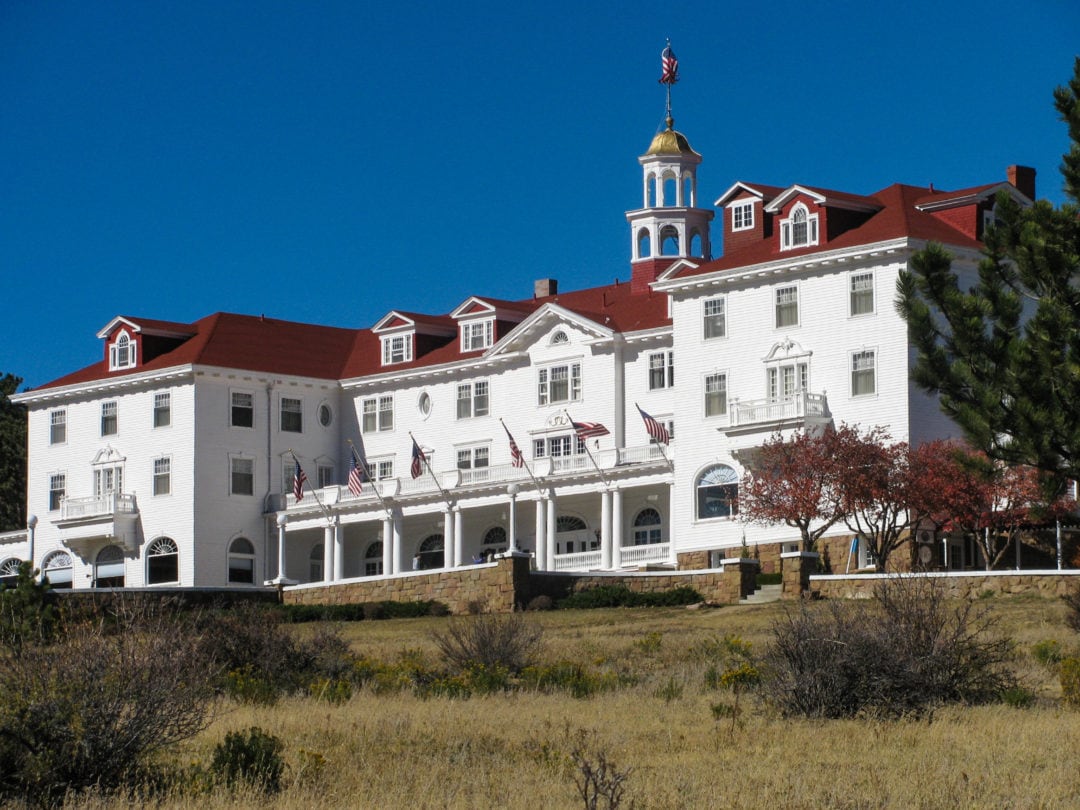
1. Stanley Hotel and Timberline Lodge (The Shining)
Open since July 4, 1909, Colorado’s Stanley Hotel had its share of ghost sightings and paranormal activity long before King and his wife checked into room 217 on October 30, 1974. Inspired by the grand and desolate 142-room hotel looming ominously over the town of Estes Park, King set The Shining at the similar (fictional) Overlook Hotel. King’s 1977 novel inspired a film—Stanley Kubrick’s 1980 classic starring Jack Nicholson and Shelley Duvall—as well as a 1997 television miniseries and 2016 stage opera.
While Kubrick mostly used studio sets, establishing shots of the hotel’s exterior were filmed at another majestic mountain hotel, the Timberline Lodge in Oregon. But that hasn’t stopped horror fans from making paranormal pilgrimages to the Stanley Hotel for ghost tours, murder mystery dinners, and masquerade balls. You won’t find a hedge maze on the grounds, but you will find a pet cemetery, which predates King’s 1983 novel Pet Sematary and its own subsequent film adaptations.
Related: Chambermaids and ghost cats haunt the Stanley Hotel
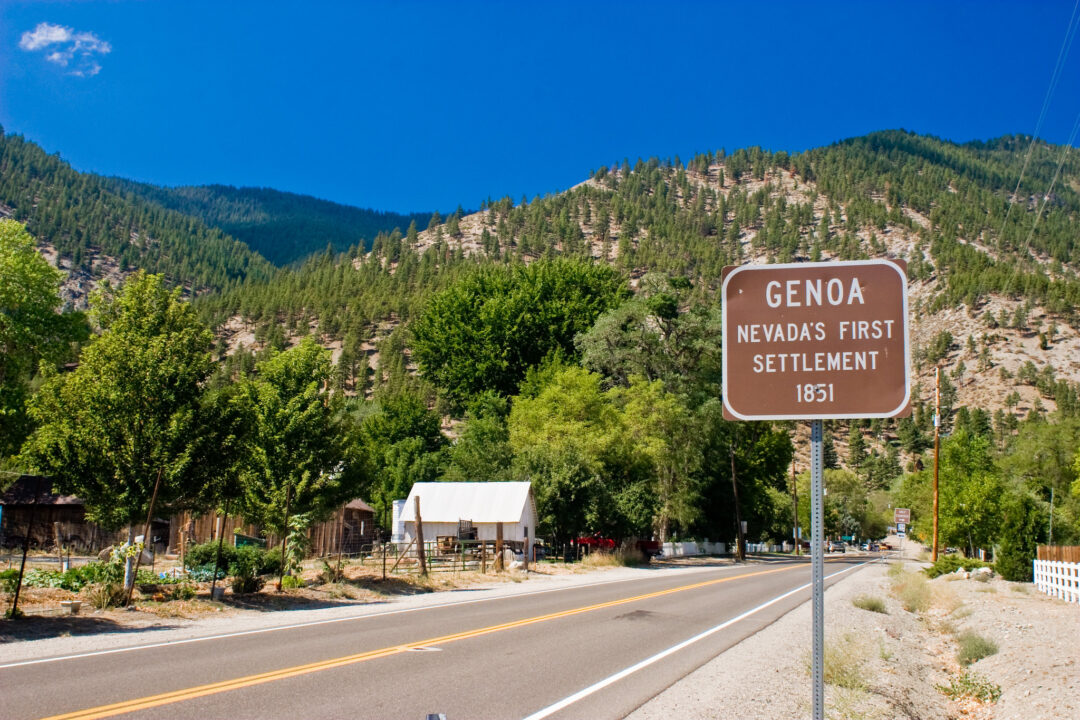
2. Genoa, Nevada (Misery)
King’s 1987 novel, Misery, is set in snowy Colorado: When writer Paul Sheldon crashes his car in a blizzard, he’s rescued by nefarious nurse (and his self-described “number one fan”) Annie Wilkes. In the 1990 film adaptation starring James Caan and Kathy Bates, Nevada’s oldest town, Genoa, doubles for Silver Creek, Colorado. The film’s production built several buildings on the town’s main street, including a cafe, radiator shop, sheriff’s station, and general store. “Nevada’s oldest thirst parlor,” the Genoa Bar and Saloon, has been featured in several movies in addition to Misery, including The Shootist with John Wayne and Honkytonk Man with Clint Eastwood.
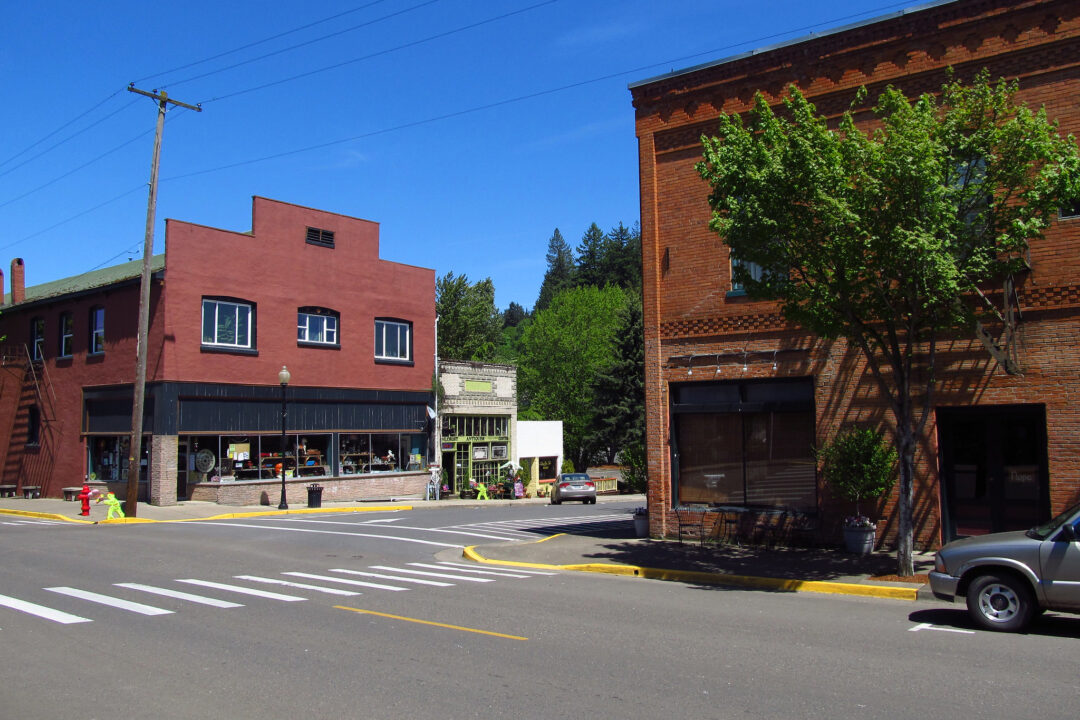
3. Brownsville, Oregon (Stand By Me)
Rob Reiner’s 1986 coming-of-age film, Stand By Me, was based on King’s 1982 novella, The Body. Following four young boys as they search for a missing person in the fictional town of Castle Rock, Maine, Stand By Me was filmed in Brownsville, Oregon. Located less than 100 miles south of Portland and home to fewer than 2,000 residents, Brownsville hosted the large production and crew, which included ‘80s heartthrobs River Phoenix, Corey Feldmen, and Jerry O’Connell. More than 30 years later, fans still flood the tiny town for tours and events around July 23, officially designated in 2013 as “Stand By Me Day.”
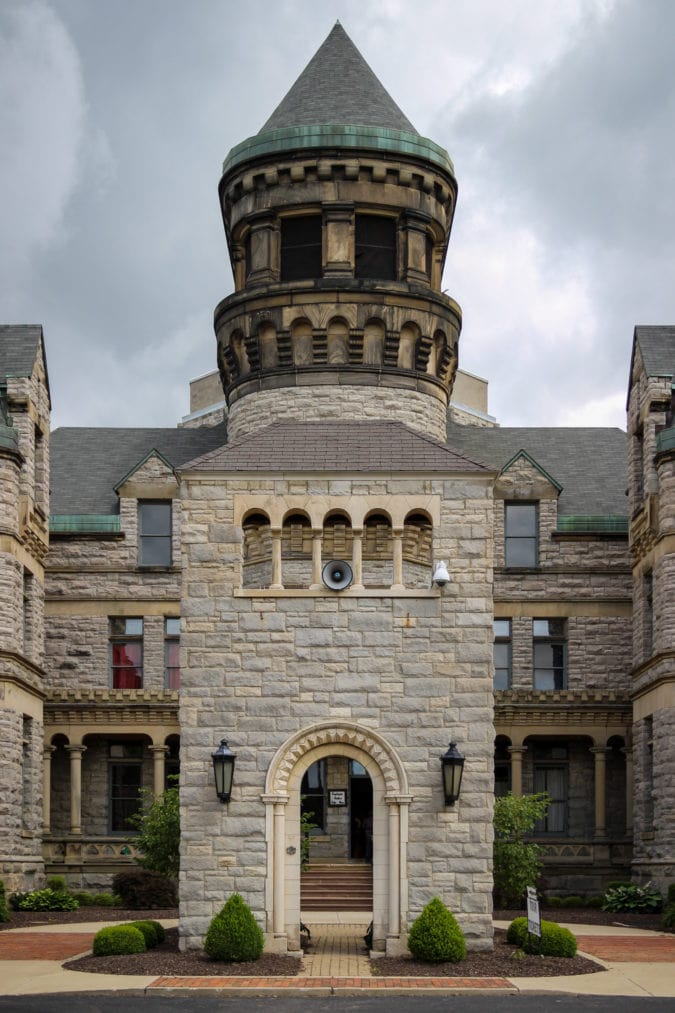
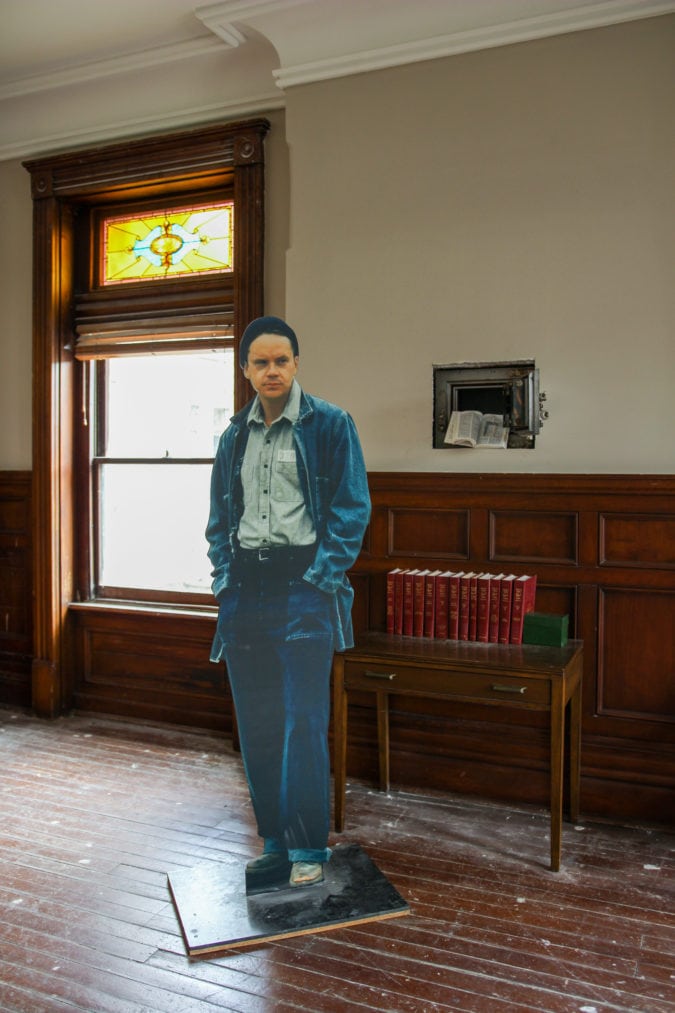
4. Ohio State Reformatory (The Shawshank Redemption)
Shawshank Prison, the bleak setting for King’s 1982 novella, Rita Hayworth and Shawshank Redemption, may not be real, but fans of the 1994 film adaptation can take a self-guided tour of the Ohio State Reformatory (OSR), located in Mansfield, Ohio. Filmed primarily inside of OSR and the surrounding area, the 1994 film adaptation (shortened to The Shawshank Redemption) starring Morgan Freeman and Tim Robbins, was a box office flop. But it found belated success thanks to awards buzz, a video release, and ubiquity on cable TV.
The penitentiary, which opened in 1896 and is home to the largest free standing steel cell block in the world, closed in 1990. Housing more than 155,000 inmates during its nearly 100 years in operation, the reformatory reopened as a museum in 1995. More than 25 years later, OSR leans into it’s Hollywood and paranormal connections, hosting Shawshank-themed events and overnight ghost hunts.
Related: Celebrating 25 years of Shawshank Redemption
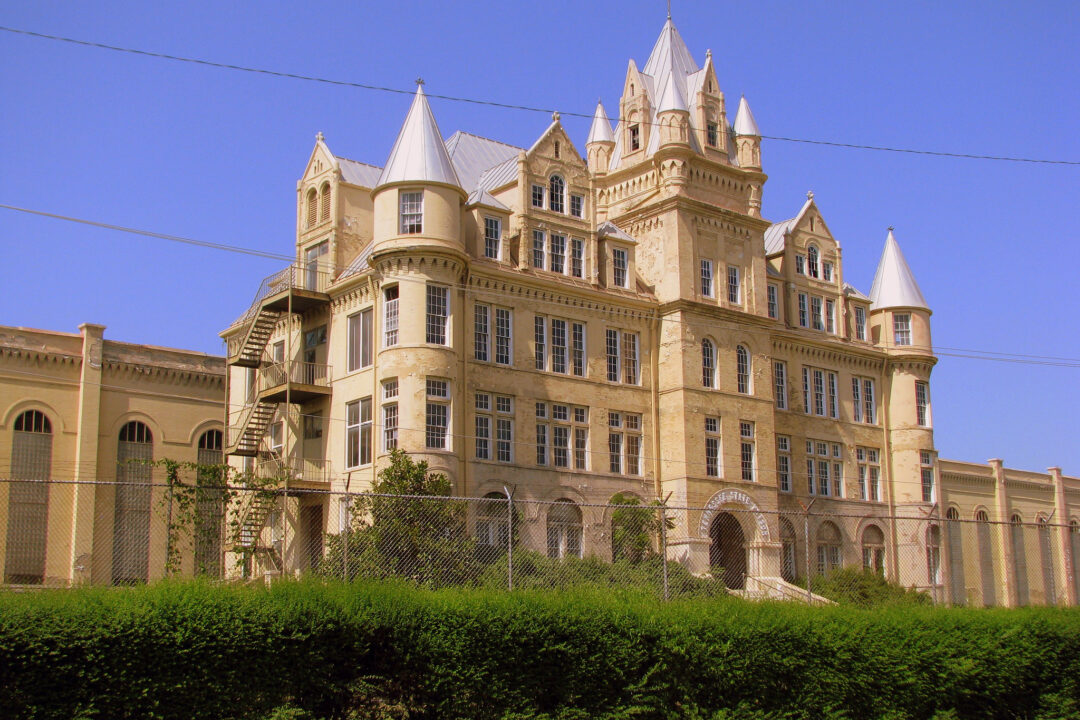
5. Tennessee State Prison (The Green Mile)
Like Shawshank, Louisiana’s Cold Mountain Penitentiary is a King invention. But the setting for his serial novel, The Green Mile, was represented by the real-life Tennessee State Prison in the 1999 film adaptation starring Tom Hanks. Abandoned and off-limits to visitors since the early ‘90s, the imposing, castle-like structure in West Nashville has been featured in several films, TV shows, and music videos, including the 2005 Johnny Cash biopic Walk the Line. Opened in 1898 and closed due to overcrowding, the prison sat empty for decades; in March 2020, tornadoes ripped through Nashville, further damaging the crumbling structure and rendering it unsafe for future film productions.
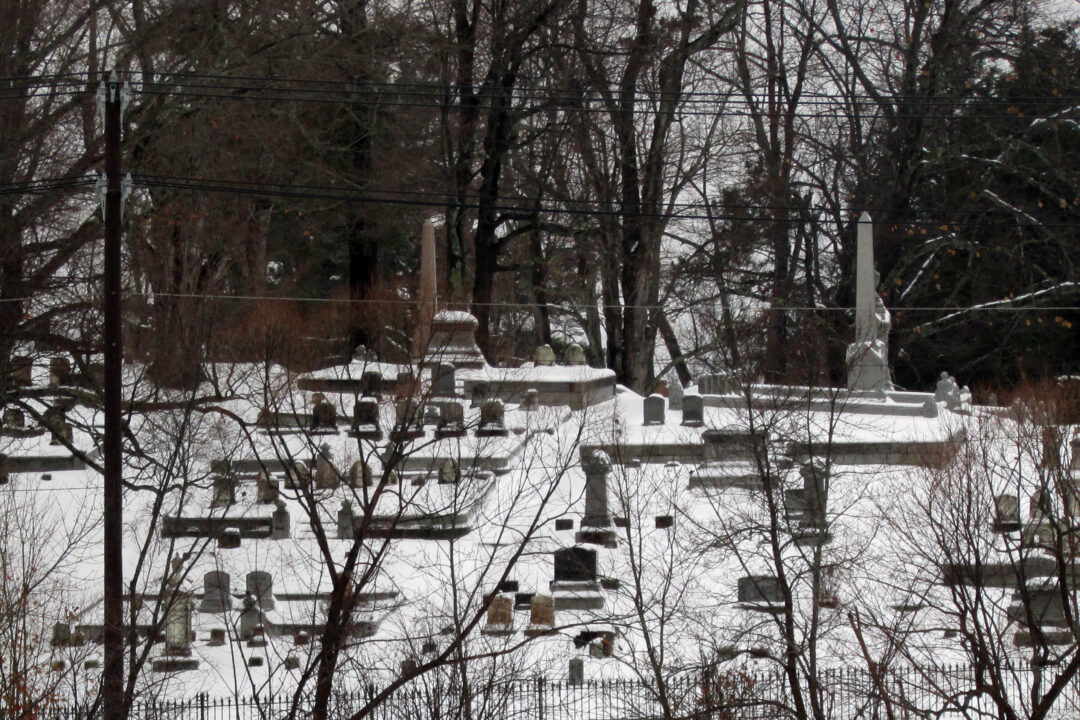
6. Hancock and Bangor, Maine (Pet Sematary)
King’s 1983 novel, Pet Sematary, has been adapted into two successful films. The first, released in 1989, was filmed in Hancock and Bangor, Maine. The story begins when Louis Creed, a doctor from Chicago, moves his family to a house in rural Ludlow, Maine. The house, a private residence located at 303 Point Road in Hancock, is still recognizable decades later, with its distinctive red roof, yellow siding, and wrap-around porch. Fans who understand that “sometimes, dead is better,” can visit Mount Hope, the second oldest garden cemetery in the U.S., located less than 50 miles north in Bangor. This real and active (human) cemetery was featured in several scenes, including one in which King makes a cameo.
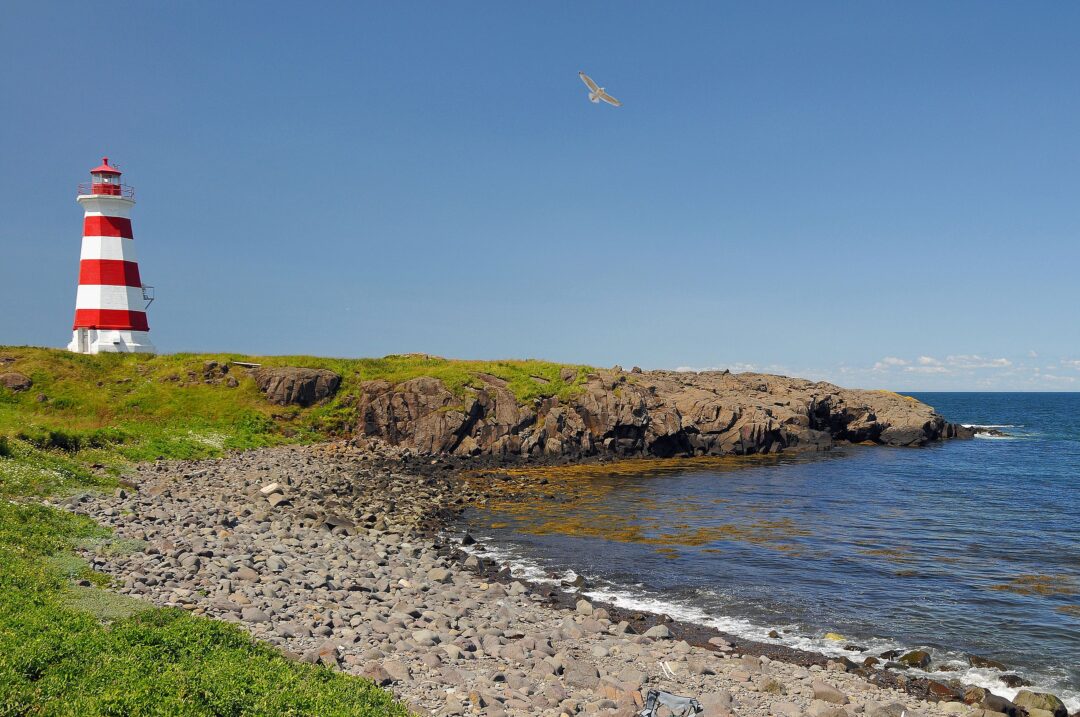
7. Long and Brier Islands, Nova Scotia (Dolores Claiborne)
The 1995 film adaptation of King’s 1992 psychological thriller Dolores Claiborne, was shot on-location around Nova Scotia. Kathy Bates stars in her second King project as the titular Claiborne, a widow working as a domestic servant on Maine’s Little Tall Island (located near Derry, the setting for King’s killer-clown thriller, It). A pivotal scene between Bates and her estranged daughter Selena St. George (Jennifer Jason Leigh) takes place on a dreary ferry crossing between Canada’s Long and Brier Islands. Both islands, connected to the mainland by a series of water crossings, are rich in maritime history, offering whale watching cruises, historic lighthouses, and rocky coastlines.



